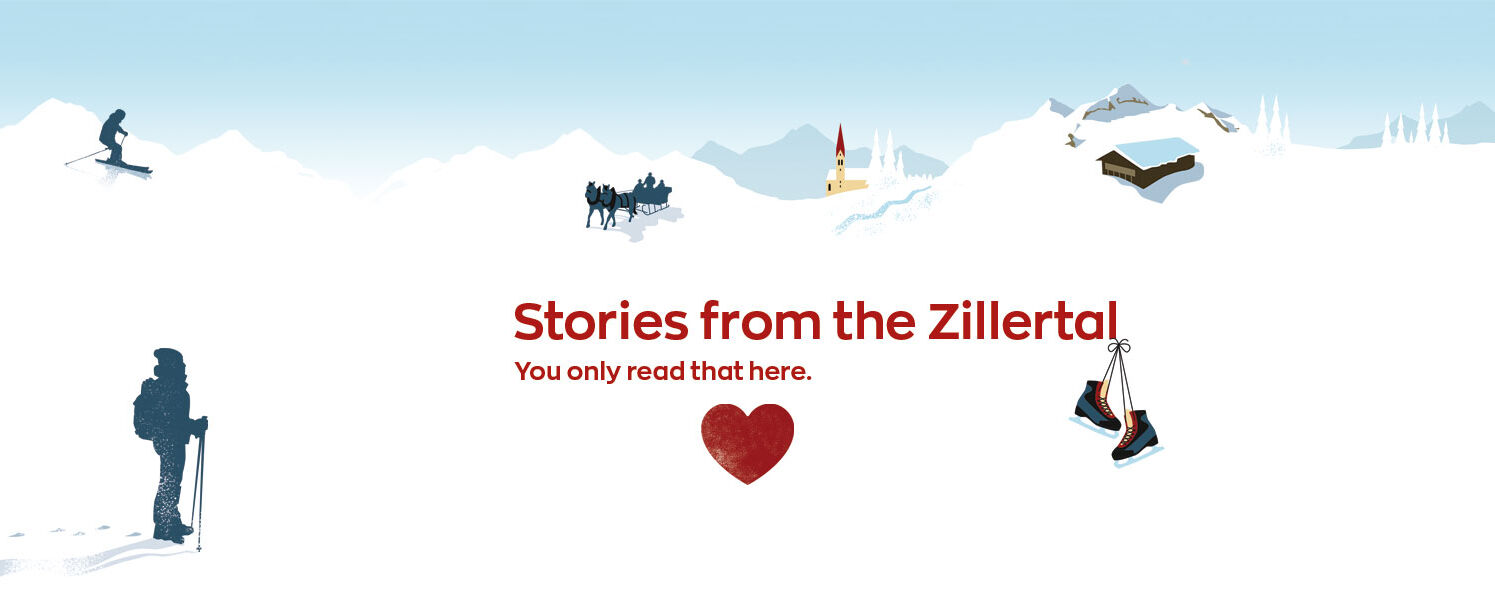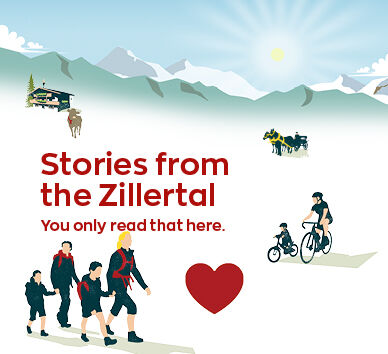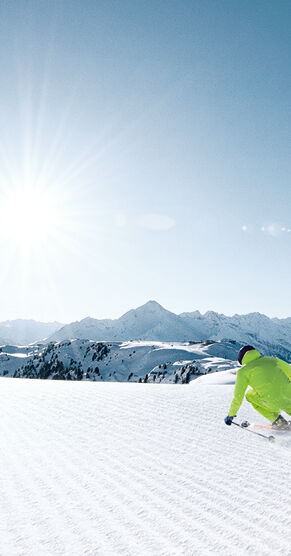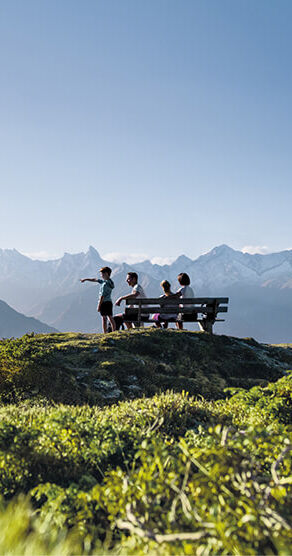
Stories from the Nature Park
Ibex Reintroduction
When freedom calls!
The ibex can be found on many coats of arms and is today regarded as a symbol of the Alps. Despite this, its continued existence once hung by a thread. Thankfully, the secret king of the mountain has so far defied all odds. To keep it that way, over the last four years, young ibex have been reintroduced to the Zillertal Alps. A unique experience – for man and beast.
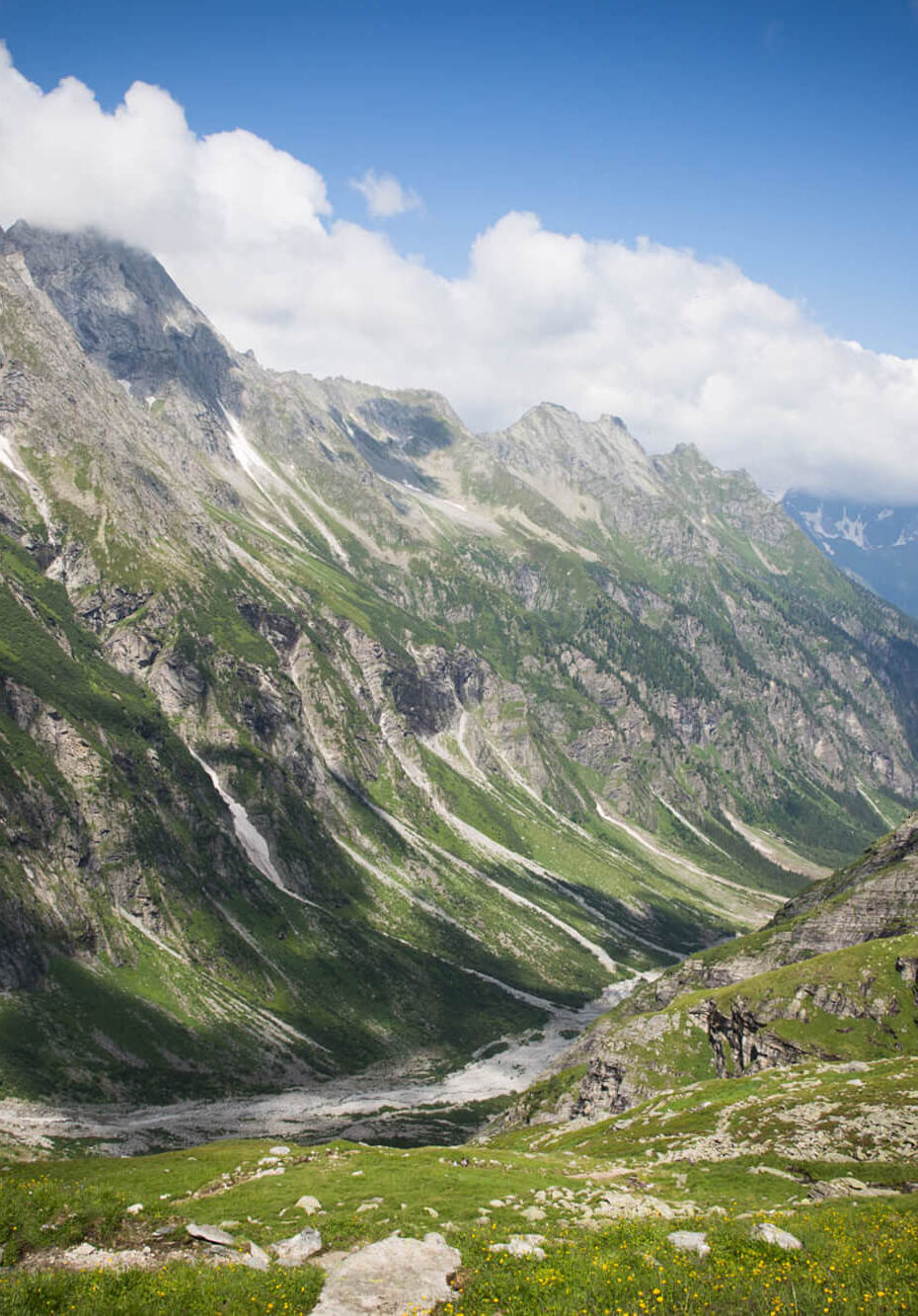
It is six in the morning and already fully light when the teams from the nature park and Österreichische Bundesforste (ÖBf) meet outside the Naturparkhaus (“Nature park house”) in Ginzling. Just a few minutes later, they are joined by representatives of the Alpenzoo Innsbruck and Nuremberg Zoo. In their luggage are eight one to two-year-old ibex. The talented young climbers are to be released into the freedom of the Zillertal Alps high mountain nature park just above the Greizer Hütte refuge (2,227 m). “The animals are being reintroduced to a very traditional ibex region – the Floitental valley”, explains nature park CEO Willi Seifert. Into territory that was mentioned in records dating back to 1383 as the site of the first ibex hunt in the eastern Alps. Since then, climate change, illness and, above all, poaching have displaced the ibex. By the time the animals had almost disappeared from the Alps entirely, only a small number remained here in
Zillertal.
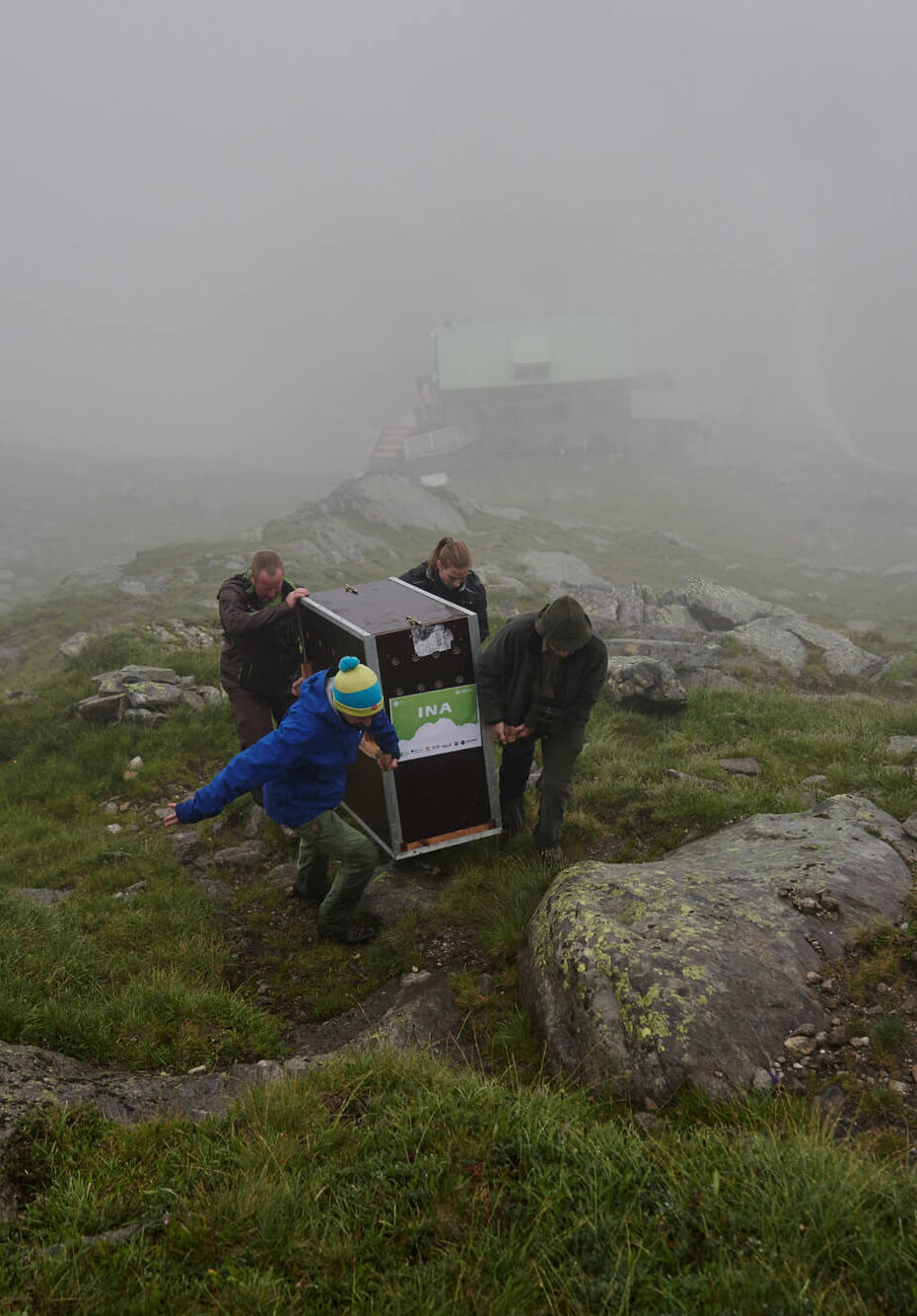
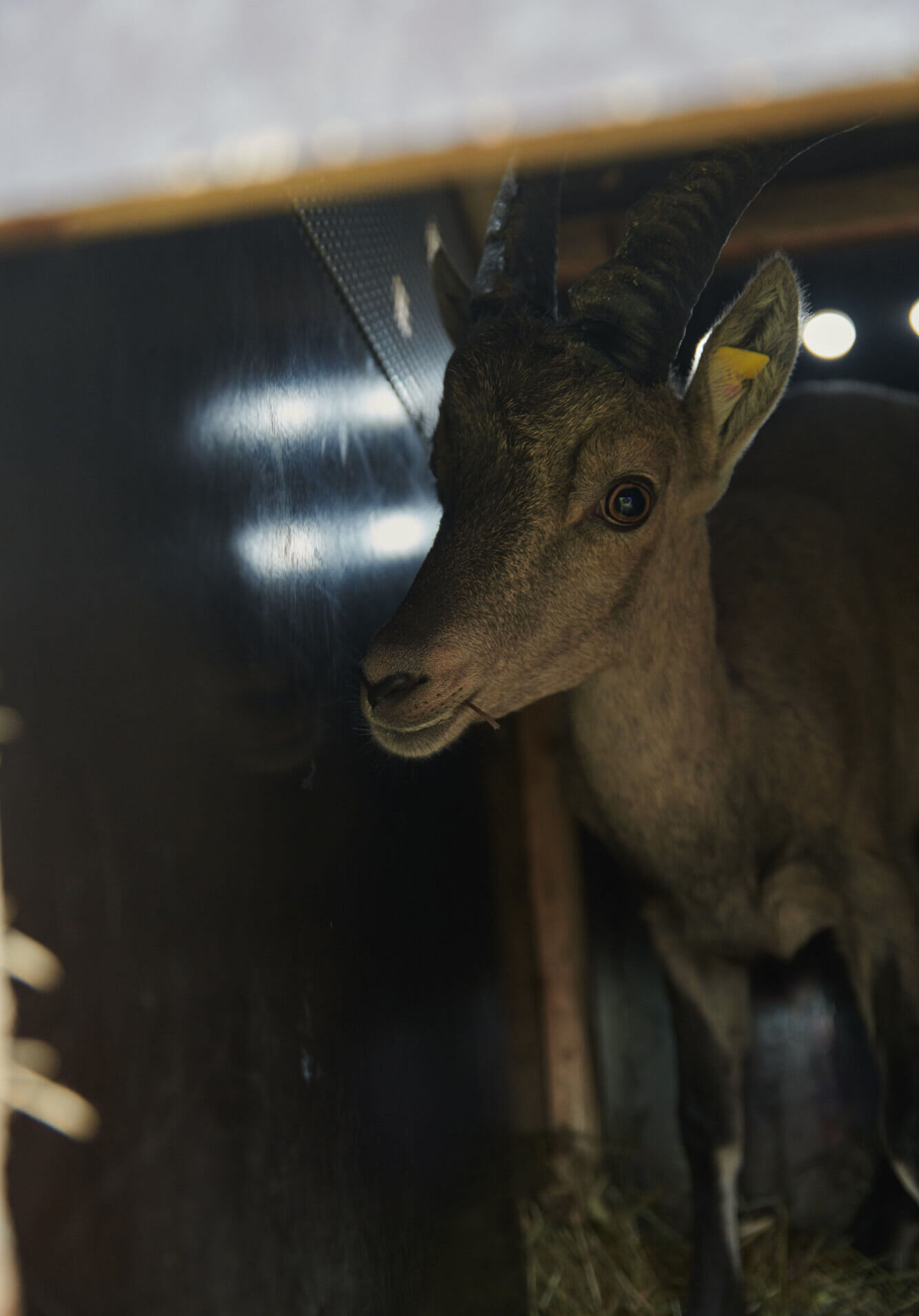
The route into the high mountains
By 7 a.m., the all-wheel drive vehicles have reached the material cableway to the Greizer Hütte: time for some transshipment! Two ibex at a time are secured to the cableway in their transport boxes and now ascend the around 600 meters in altitude to the refuge, where its keepers Irmi and Herbert Schneeberger stare at them in astonishment. But before the young ibex can be released from the transport crates, the toughest stage still awaits the project team and several friends of the nature park: the wooden crates (which each weigh around 60 kilogrammes with their ibex cargo) have to be carried up to the reintroduction area. Four strong men and women are needed for each crate – all of whom have to pitch in with great care. The ascent is an arduous one up a grassy slope beset with rocks. Finally, the hard work is over, the crates with their valuable cargo are positioned in a semi-circle at the target destination and everyone present awaits the exciting moment ahead…
“The altitude, vegetation and climate of the Zillertal
Alps make them an ideal habitat for ibex.”
Willi Seifert, CEO of the nature park
A king with a heart. The fact that the ibex has survived at all is thanks to Vittorio Emanuele II, King of Sardinia-Piedmont, who placed the last ibex in the Alps under strict protection in 1820. Sixty to 100 animals survived in the paradisical
Aostatal valley. The population recovered from then on. With the assistance of “game smugglers”, ibex were also returned to other regions of the Alps – initially largely in Switzerland. This marked the start of one of the most successful reintroduction projects in the world. And so, the ibex has now also returned to the Zillertal Alps. Following initial reintroductions in the 1980s, the nature park and ÖBf started a new, joint ibex offensive that ran from 2016 to 2019. “About 100 ibex currently live in the Zillertal Alps”, estimates Christoph Egger, forest ranger for the ÖBf district “Hinteres Zillertal”.
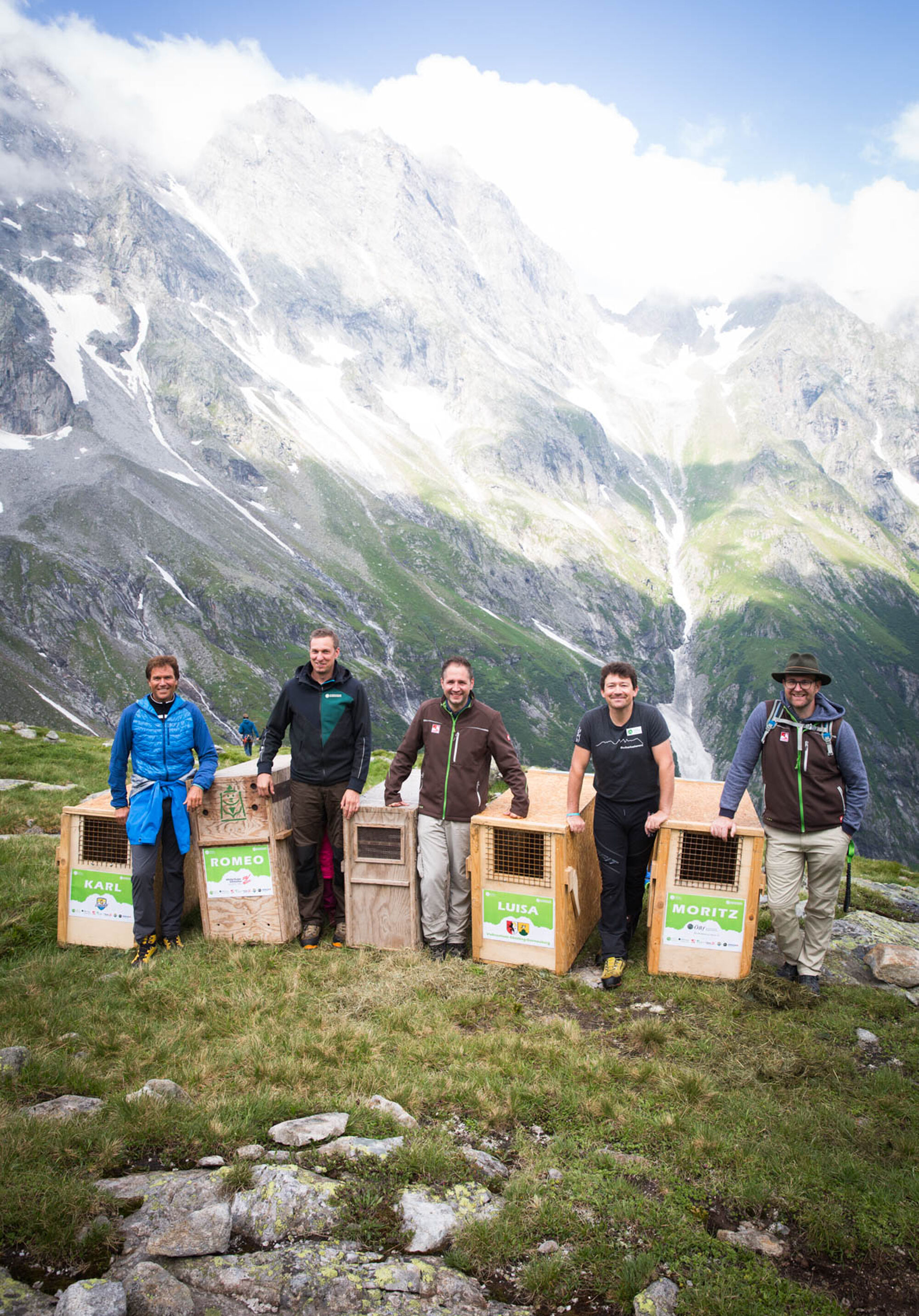
A leap to freedom. At 10 a.m. precisely, the time has finally come: the crates containing Ina, Luisa, Sarah, Tuxi, Romeo, Karl and Moritz, as the ibex have been named, are opened up. Some bound off into the high mountains while others take things more leisurely and start by having a look around. After just a few minutes though, even the more reticent Sarah has been driven upwards by Finn, the dog owned by Alpenzoo vet Matthias Seewald, and all of the ibex have disappeared behind the summit. Now, the eight newcomers can begin their journey of discovery. “The altitude, terrain, vegetation and climate of the Zillertal Alps make them an ideal habitat for ibex. We wish them all the best here and hope they enjoy a long and happy life”, says Seifert. Incidentally, ibex usually live to an age of around 15 – or even 18 in the case of the females. Both genders have horns. Unlike in the case of deer, which shed their antlers every year, these grow throughout an ibex’s life. On older ibex, the horns can even reach a full metre in length. This makes the animals easy to identify from a distance.
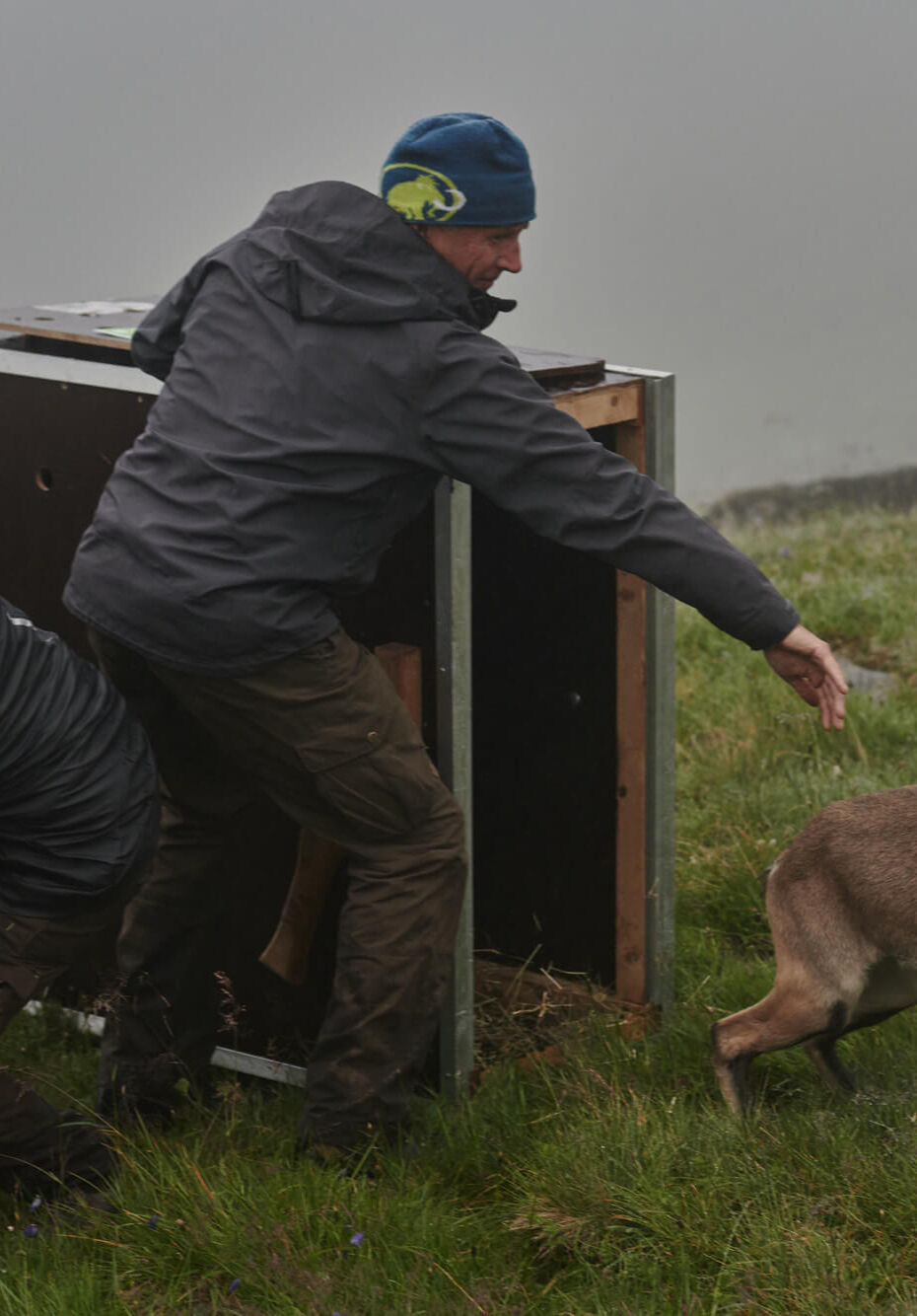
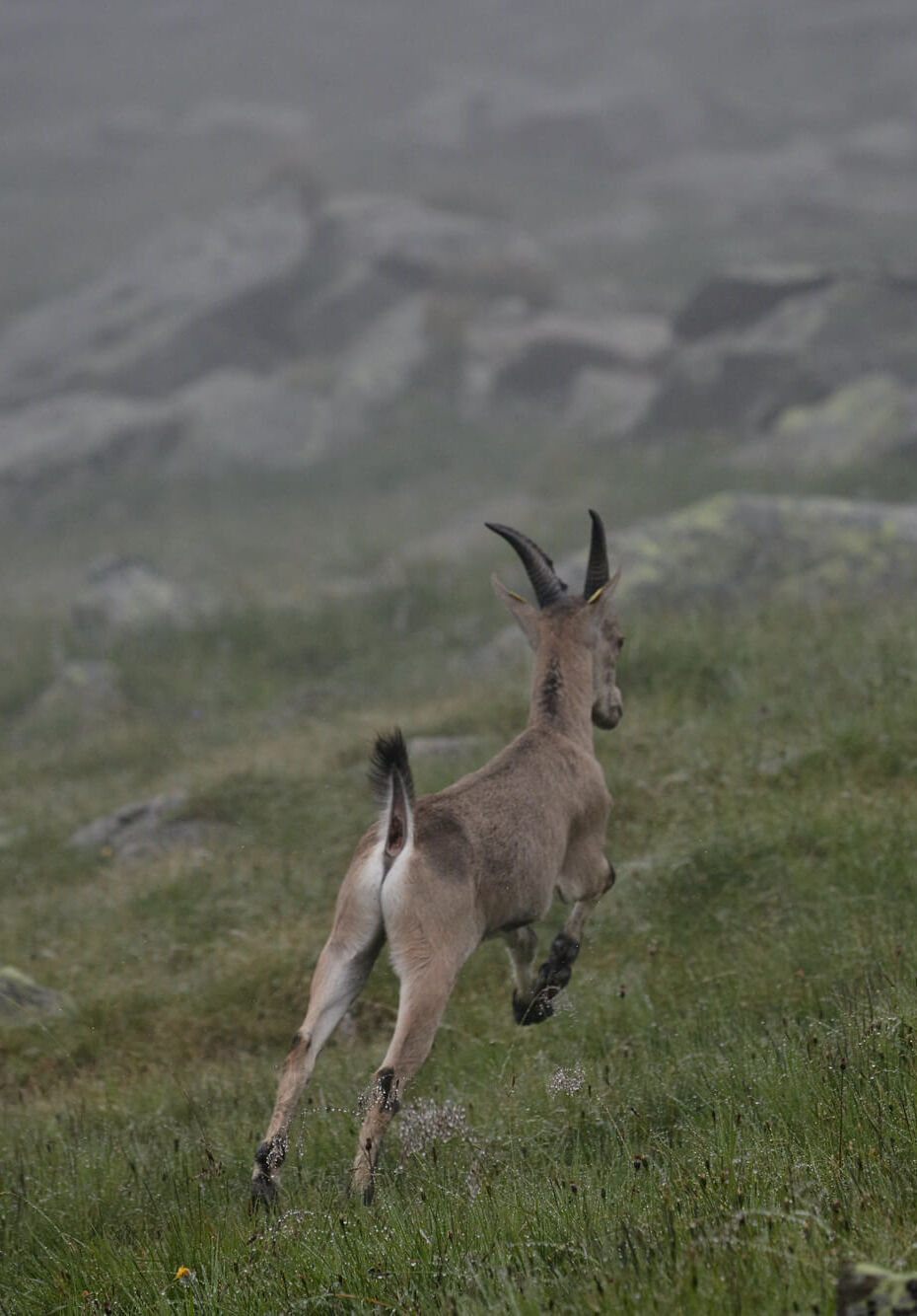
To find out more about the ibex, several of the animals have been fitted with transmitters. “We hope this will provide us with useful information about the animals’ spatial and migratory behaviour”, explains Egger. A total of 25 ibex have been reintroduced to the wild over the last four years. “Our initiative aims to support and protect the region’s ibex population but we also want to find out more about how these animals live”, comments André Stadler, Director of Alpenzoo Innsbruck. Anyone hoping to see the impressive climbers in the nature park, should primarily keep a quiet eye out on the wind gaps and always maintain a safe distance from the animals.
Image: Julia Rotter and Thomas Straub and text: Willi Seifert
Zillertal magazine Summer 2020
Even more stories from the Zillertal

The electric world of e-biking
Anyone looking to explore Zillertal on an e-mountain bike is fully on trend! Fun and action are what it’s all about in the Zillertal Arena in the Zell-Gerlos holiday region.
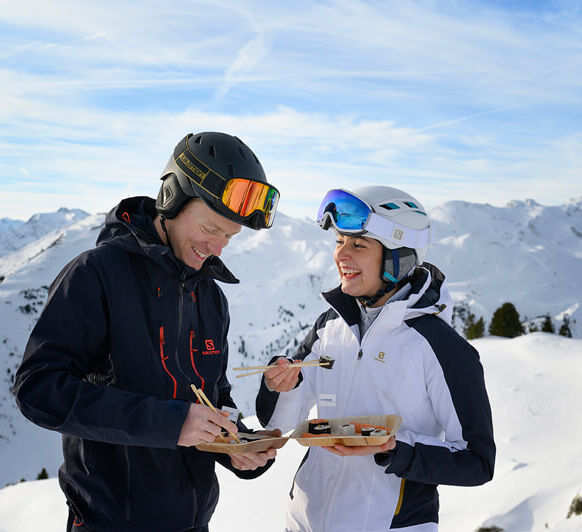
Gliding boldly into culinary delight
14 international culinary arts in 14 huts. The Ski Food Festival in Hochzillertal-Kaltenbach and at the Spieljoch in Fügen guarantees an unforgettable culinary experience.
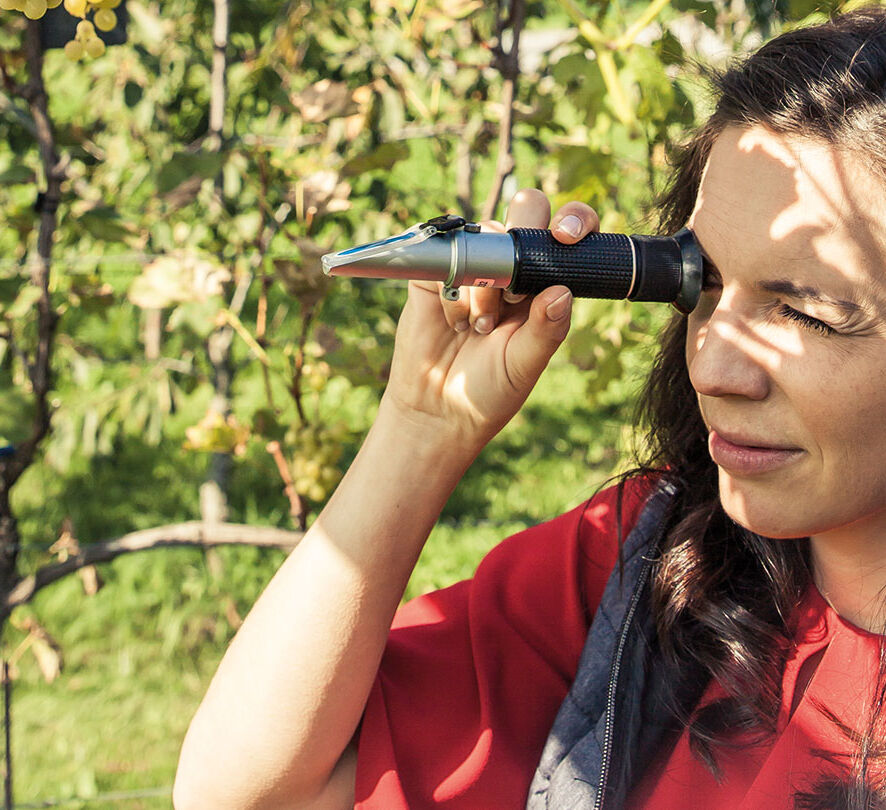
The rebellious vintner from Zillertal
Can you even grow wine in Zillertal? Despite other people’s doubts, Maria Pfister believed so, put it to the test and is now Zillertal’s only vintner – with her own wine tavern. A truly delectable story!
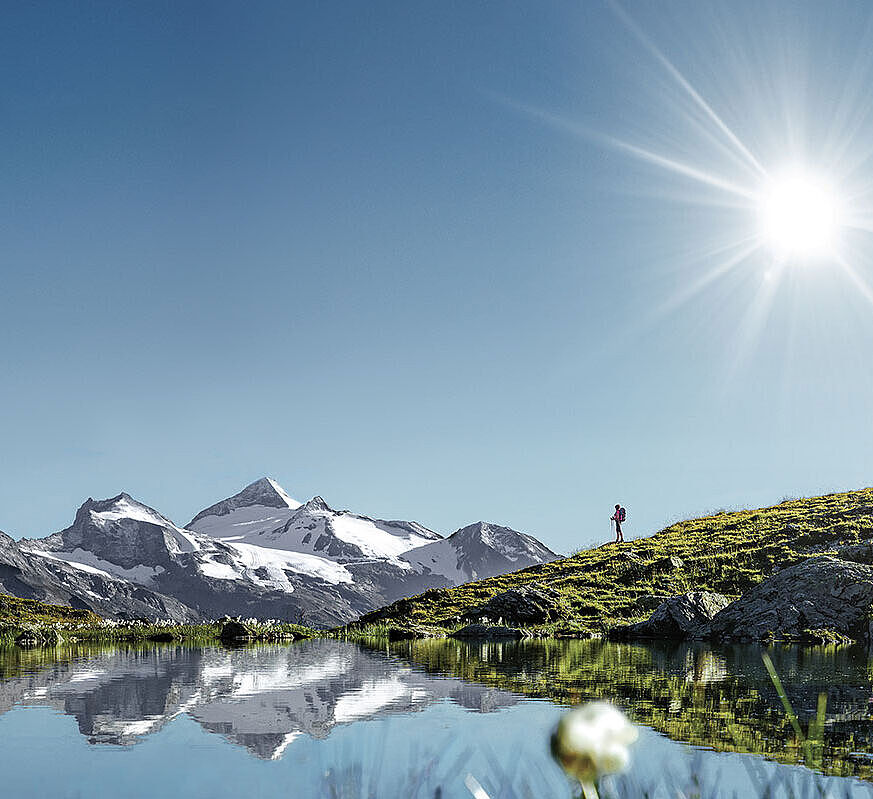
Zillertal
Welcome to Zillertal! Where sun, snow and well-being become the meaning of life and where great freedom tempts you to let go.
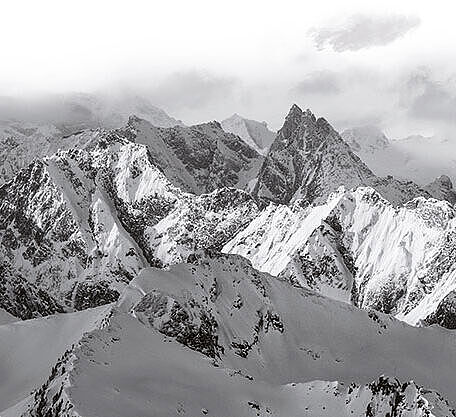
Zillertal Newsletter
Our newsletter provides you with great information about the Zillertal. Get the best seasonal tips, information from the ski resorts and about the summer mountain railways and much more.
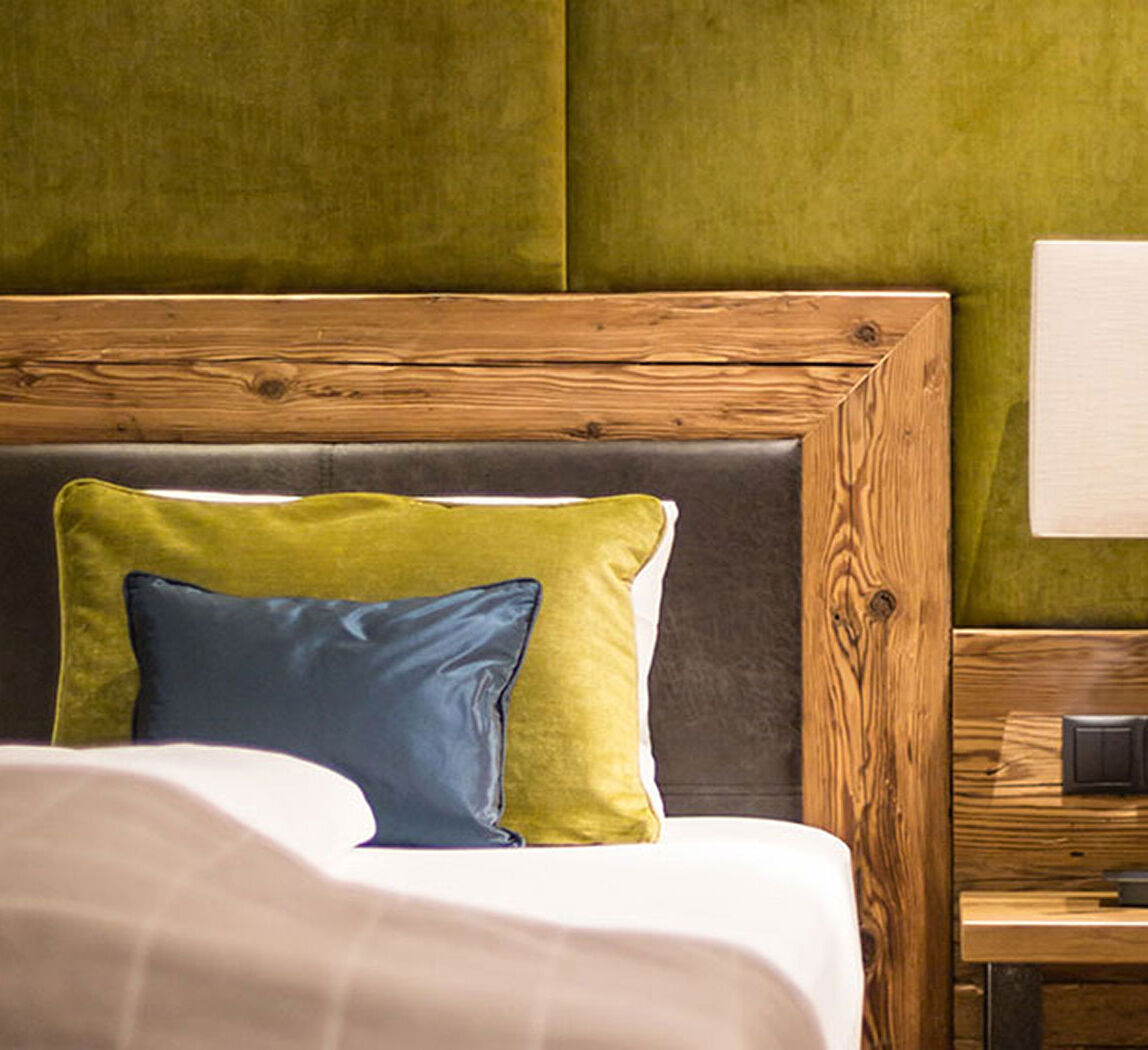
Hosts in Zillertal
Find the right accommodation for your perfect winter holiday in Zillertal – from cosy private rooms to luxury five-star hotels.
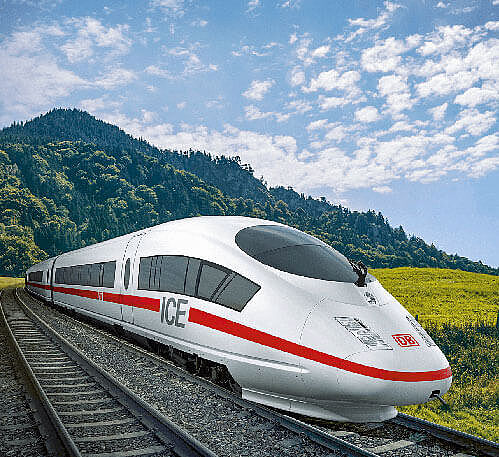
Getting to Zillertal
Zillertal is located in the west of Austria and is the widest of the side valleys on the south side of the Inntal Valley. Get to Zillertal safely and comfortably.
